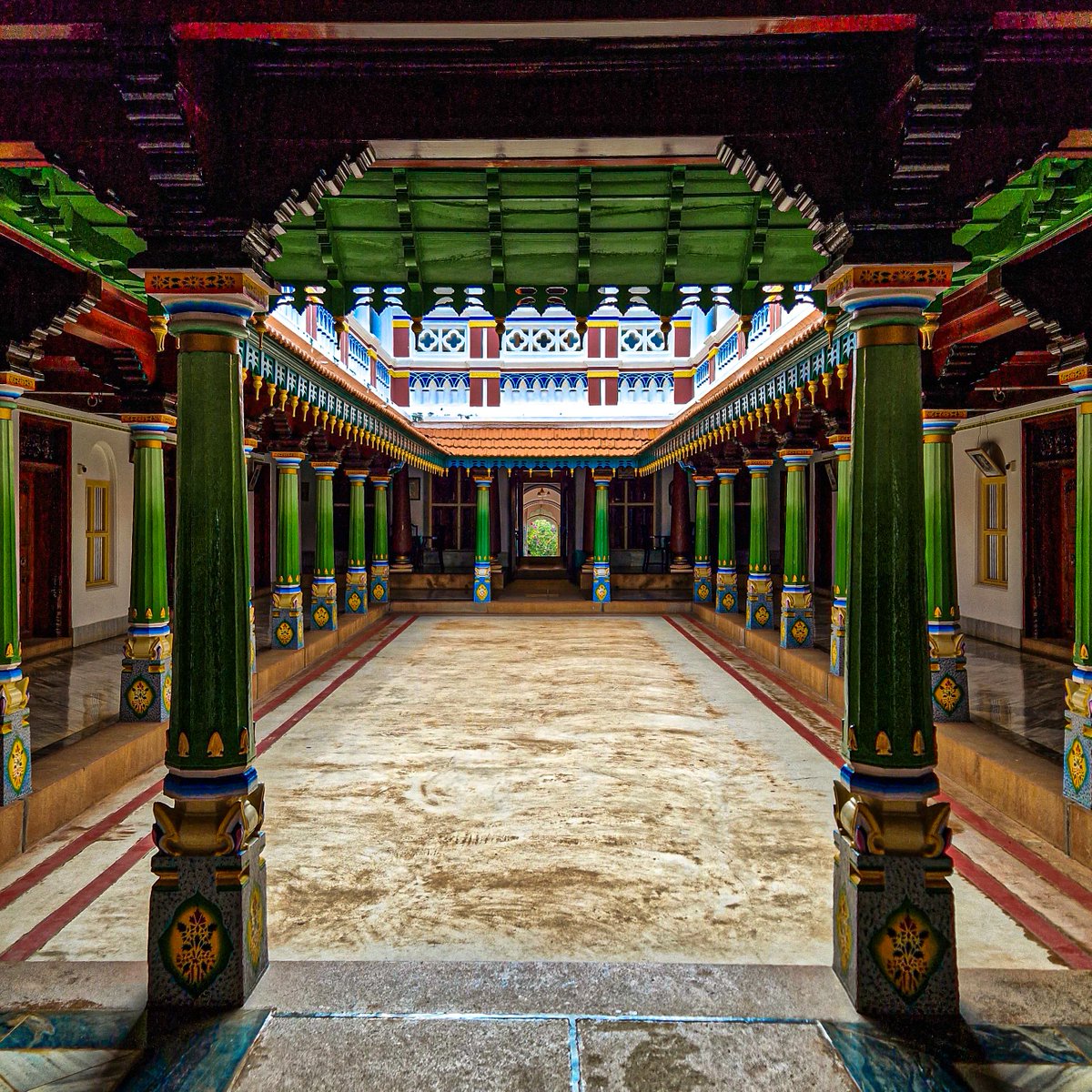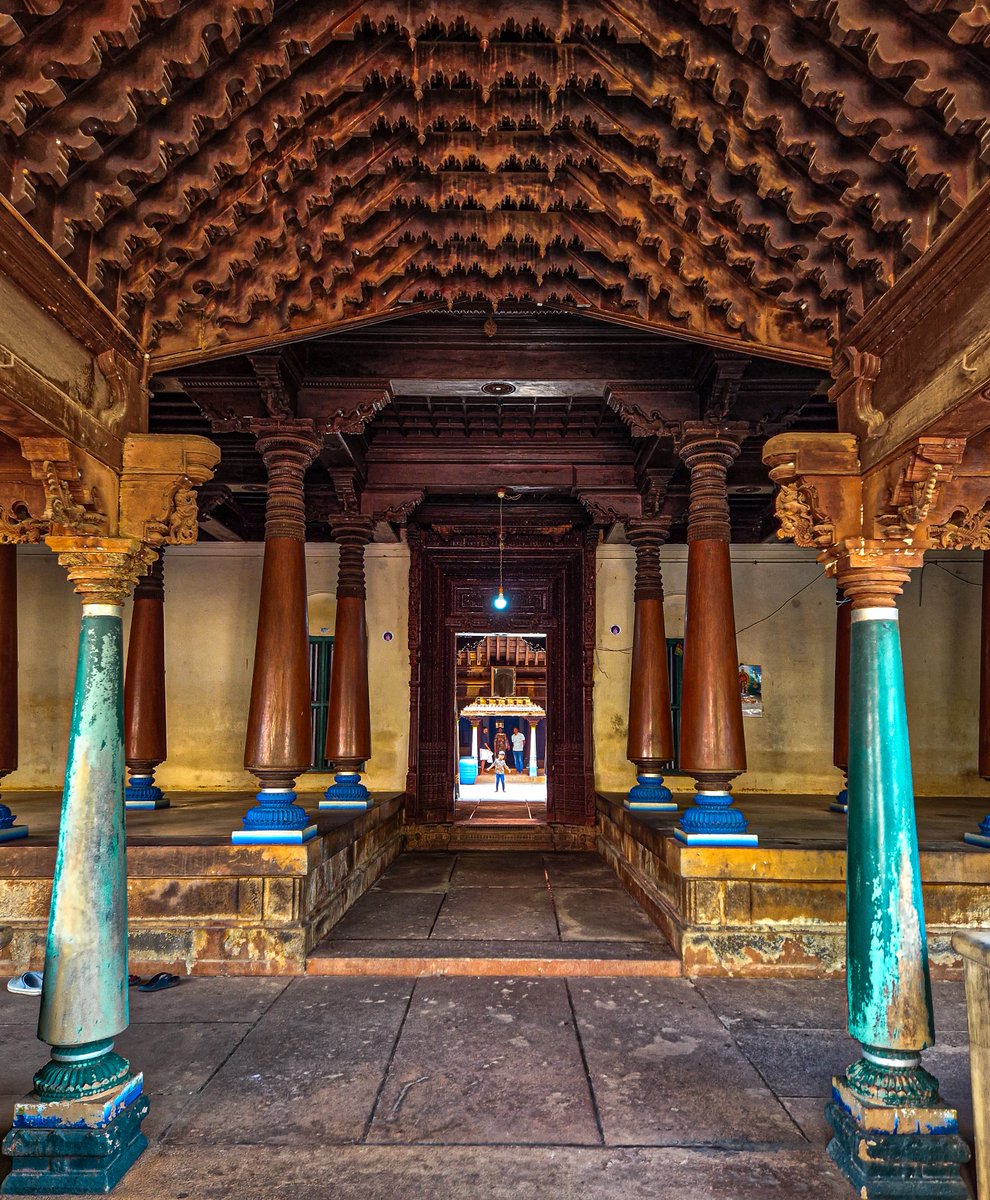Until just five hundred years ago, Vietnamese speakers were mostly limited to the Red River Basin of Northern Vietnam.
South Vietnam, meanwhile, was dominated by a constellation of Hindu states known as Champa, the eastern-most Hindu states in mainland Asia
South Vietnam, meanwhile, was dominated by a constellation of Hindu states known as Champa, the eastern-most Hindu states in mainland Asia

The largest of the early centres was Mỹ Sơn, a complex built to identify King Bhadravarman with the Hindu god Shiva. 

The tallest temples, meanwhile, would be built around the city of Vijaya, and rival the temples of the Cholas in their enormous height 

Over a thousand years, Champa would produce a fascinating matrilineal society, constructing vast Hindu temples - not only to Shiva and Vishnu - but also to Allah and the Abrahamic first woman Eve. 

As a matriarchal society, they would also produce their own remarkable spin on the Shiva lingam - the 'uroja' breast pedestal 

From 1471 onwards, however, the Viet kingdom to the north would gradually begin encroaching upon its territory 

• • •
Missing some Tweet in this thread? You can try to
force a refresh
























